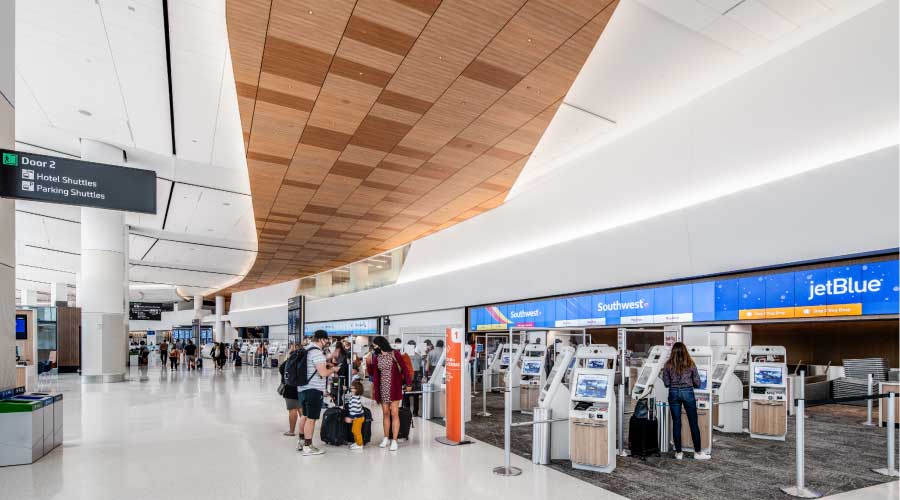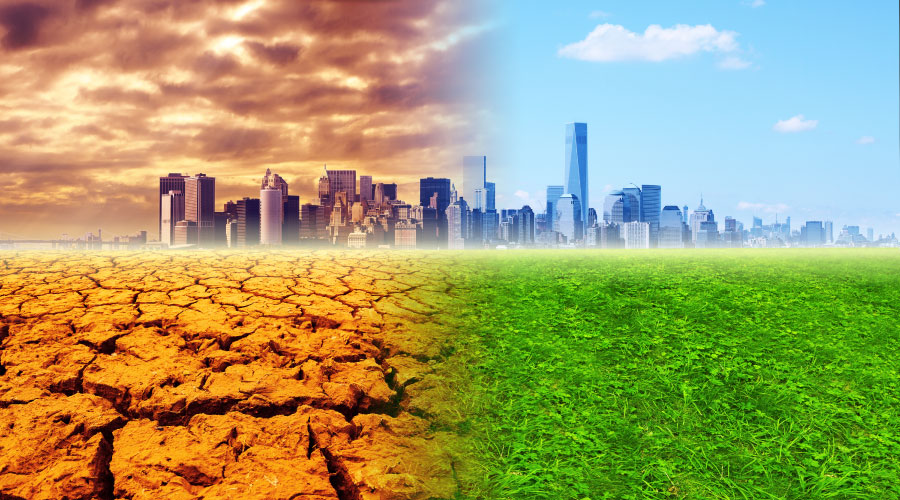Resilient Design, Campus Master Plan Are Important Elements Of Sustainable Construction
A current campus master plan with strong sustainability analysis, a focus on resilient design and goal setting is important for a sustainable campus building. This comprehensive study of the existing and potential campus as a whole ensures that the new building or renovation project's goals will align with and contribute to campus sustainability. A campus master plan can also act as a roadmap for how the campus pieces can efficiently work together, including potential district energy and water systems.
If your school is one of the more than 650 that have signed onto the American College and University President's Climate Commitment (ACUPCC), your institution may also have a Climate Action Plan (CAP) and a GHG (greenhouse gas inventory) which should be reviewed before proceeding with a new building project. For example, your campus CAP may include green building criteria or carbon neutral campus goals that will lead your project to pursue green building certifications like LEED or Living Building Challenge or net zero energy.
The opportunity to create a new sustainable building is an exciting prospect. It acknowledges that our economy is indeed improving and that we can now begin to take steps to become better stewards of the environment. A focus on involving the right people throughout the process will help ensure that the project is a success.
Lona Rerick, AIA, LEED AP, is an associate and project architect with Yost Grube Hall (YGH) Architecture in Portland, Ore. Rerick has nearly 15 years of experience in all phases of architecture and interior design from programming through construction.
Consider Resilient Design
One emerging trend in sustainable design is studying how to make a building more resilient both to fluctuating energy prices and also disasters that may make power unavailable for long periods of time.
This means looking for passive, non-mechanical solutions that work with the particular location and climate of the building, instead of heavy reliance on modern technology. Examples include proper site orientation, daylighting, and active natural ventilation systems such as operable windows. Passive water strategies include bioswales to capture storm water runoff, native and adapted landscaping, and cisterns.
Experience shows that passive energy and water management systems are slightly more costly, up front, than traditional mechanical systems. But an experienced design firm will provide energy modeling data from which a decision can be made. Traditional mechanical systems bring with them higher annual maintenance and replacement costs, and despite the country's best efforts, it's a safe assumption that our energy costs are not likely to decline much in the foreseeable future.
— Lona Rerick |
Related Topics:














